In the past, the app market was much simpler than today. And it developed rapidly and continuously. Your only legal choice to obtain the software is to pay to purchase the software. These programs were also very expensive. Therefore, a large number of users resorted to piracy in order to obtain free software. But now, we find many applications and services have moved away from even ad-supported free and turned completely to the subscription payment system. What is the history behind it and how did the subscription system climb to the top?

Evolution began with in-app purchases
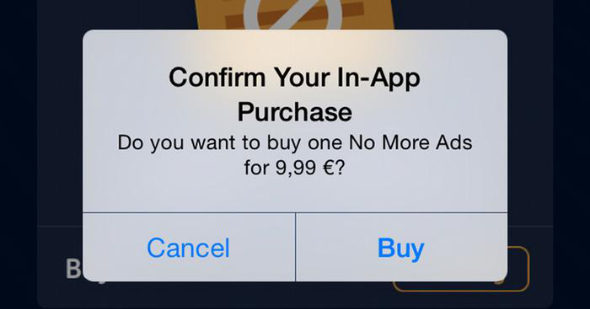
It began to buy content from within applications as a way to reduce the price of programs or even make them free so that the user can buy or use them. Then tempt him to buy add-ons to improve the program or get additional content. Thus, the developer achieves a wider spread of its application as it makes a continuous profit that enables it to continue developing and improving the application.
Then the subscription system appeared
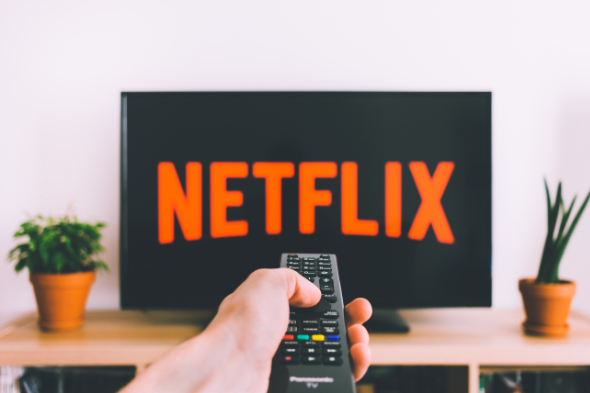
The subscription payment system began with services that were easy to justify. Music streaming services such as Spotify and Anghami. And those for broadcasting series and movies such as Netflix and Shahed. Over time, these services succeeded in achieving large profits, so the system of paying a small amount on a monthly or annual basis to obtain all the content, without limits, was very attractive. Especially compared to pay TV services, which cost more. But the new system won the admiration of the big companies and started canceling their paid programs. Then run it with subscriptions and that generate constant profit.
And the cheap price continued to be announced
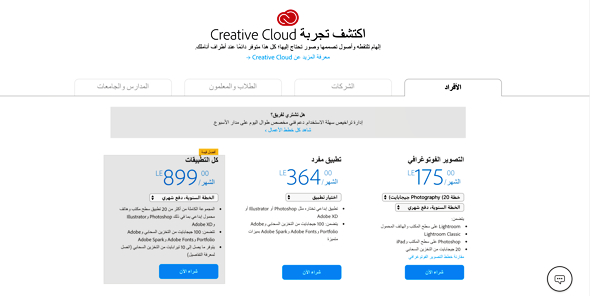
Companies have continued to announce their new subscription systems as an alternative to expensive programs. Especially since the programs used to be much more expensive than now. The purchase of the Adobe Designer Toolkit starts at $ 1900. In addition to another $ 600 if you want the full features. With the current subscription, you can pay $ 60 a month. But now the average program prices are lower. Whether professional, such as Adobe, or simple ones, such as those that you download to the iPhone. Because the ways to profit through developing applications have become more and more diverse. A one-time payment for apps makes more sense than a monthly or annual lifetime payment.
Updates made easier
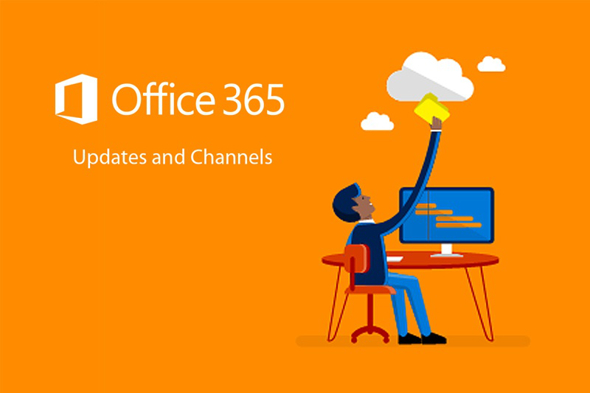
Before the new payment systems, updating software was difficult. Especially those large ones such as Microsoft Office programs. And Adobe tools that include the famous Photoshop program. So companies had to work on big updates and full of benefits. Because it will not be free, but the user will either purchase the product again or purchase those updates separately.
Now, companies guarantee continuous income from the price of subscriptions. It works on the advantages more. You focus on each feature separately. It then launches it to users with bug fixes if any. Steadily and continuously.
The companies are not the only beneficiaries. Users get constant and fast updates. And much better features have been worked on in a powerful and intense way.
Can anyone compete differently?
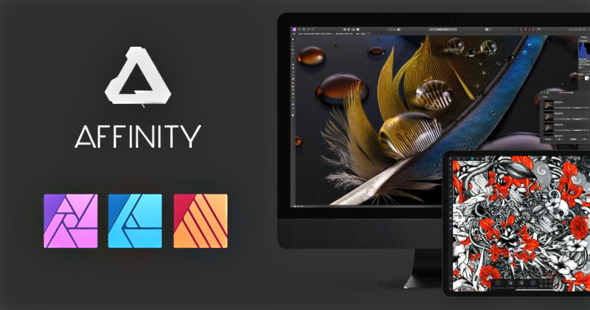
Several companies are currently trying to return to the old payment systems while adding new creations to the content. So that the price becomes cheaper and one-time payment is one of the most important features that differentiate it from the programs of large companies. Like the developers Affinity and Pixelmator, Photoshop's competitors. These companies sell their complete one-time software with excellent prices and constant updates. Then it sells separate add-ons for the application that vary in appearance according to the nature of each program. And great creativity appeared in those attempts and began to compete with the big companies that forced users to their expensive subscriptions in the absence of competition.
Are all subscriptions that bad?

It is true that many companies are asking for subscriptions to use their software. So user subscriptions accumulate and the cheap subscriptions in themselves become a large group of payments at the end of the month. But not all types of subscriptions are that bad. Some are an excellent bargain. Such as gaming services provided by companies like Microsoft's Xbox, PlayStation and EA Games. And also arcade service from Apple. You pay a monthly or yearly subscription, and in return you get access to a large number of expensive games if you buy them separately. Measure on this all the products that the user wants to change frequently and can get them with a cheap subscription.
How about Apple?
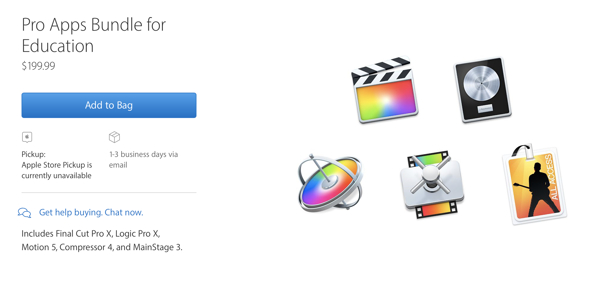
Apple has so far followed the same approach as its apps. It has made many of its programs (iMovie, Garageband, etc.) free. And it still keeps the prices for its professional software like Final Cut Pro fixed. You buy it once and you don't even pay for major updates, but everything is free.
Of course, not all companies are capable of this. Apple can support free updates through its large income from selling expensive devices and services such as the App Store.
And speaking of services, Apple, of course, doesn't want to miss out on an excellent source of income like paid services. So Over the last period, it launched a group of services. Like music (and the only one that's actually a hit), games, TV, and news. But most of these services are already controlled by other companies, and Apple will have to make a greater effort to get enough popularity to make a profit from them. The company is trying to revive these services through several strategies, including free subscriptions for a year when purchasing a new device.
The company also started making offers that integrate services, so holders of the Apple Music subscription for students and the discounted get a free subscription to the TV service. According to sources from the US Bloomberg site, there is a possibility that the company will create a unified subscription. It integrates its services together, in order to increase its attractiveness to the user.
Resources:



8 comment